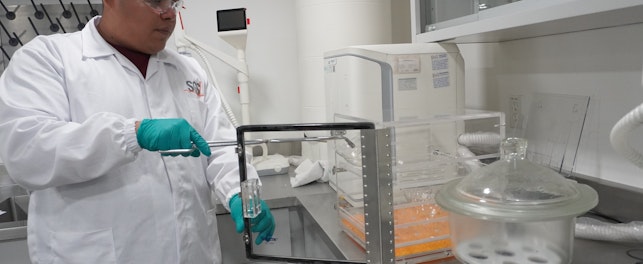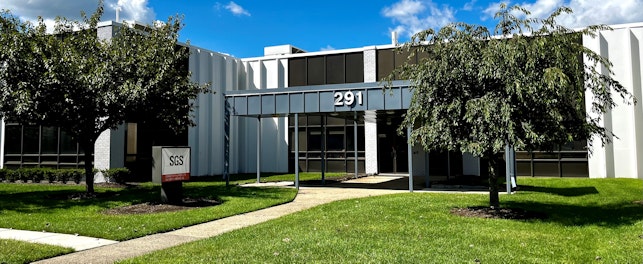The Internet of Things (IoT) is changing our lives in several ways, not least in the kitchen. It is expected that the market for domestic IoT devices will reach around USD 53.45 billion by 2022.i How is IoT changing our kitchens and what do manufacturers need to consider when accessing this growing market?
What Do We Use Our Kitchens For?
A 2014 study found that in India the average time spent preparing food was 13.2 hours a week. This was closely followed by Ukraine, on 13.1 hours, but then it quickly dropped down to only 5.9 hours for countries like the USA and UK. Surprisingly, France averaged only 5.5 hours a week.ii
It is clear we like to eat good food. We also like to have nice kitchens – it can be no coincidence that, alongside bathrooms, kitchens are the most renovated item when people think about moving.iii What is less clear is how much actual cooking we want to do. This is where IoT can fill the gap between aspiration and reality.
Making Life Easier in the Kitchen
IoT is a system of interrelated devices that can ‘speak’ to each other without human input. Sensors can be embedded in a wide variety of products, allowing them to perform several useful functions.
In the kitchen, IoT devices can be used for:
- Grocery ordering – scanning barcodes to create shopping lists that can be shared with third-party suppliers
- Monitoring & alarms – smart devices can monitor natural gas and carbon monoxide levels, temperature, humidity and smoke, and then feed this information through to you, making you safer
- Flatware & utensils – smart technology can be added to forks – to reduce the speed at which you eat (eating slower helps you lose weight) – and cups – to analyze your beverages ingredients to help you reduce calories and caffeine intake
- Inventory – the flipside of grocery ordering. Devices monitor your stock levels and can be linked to a database that will suggest recipes
- Voice-activated digital assistants – voice-activated smart home hubs can make an ideal sous chef to help you prepare perfect food
- Cooking devices – some devices prepare and cook the food for you – e.g. smart pressure cookers that have a database of recipes. You just choose your recipe, feed in the ingredients and the machine processes and cooks themiv
This is just the tip of the iceberg when it comes to smart devices for the kitchen. Other options include smart cameras in the fridge so you can see what you have while at work, smart wine aerators to give you the perfect glass of red wine, and smart cooktops that give you the perfect temperature.v
In addition to helping you cook better, this equipment makes you safer, healthier, and can save you money and reduce waste. Knowing what’s in your fridge and store cupboard means you don’t buy things you already have. At the same time, this technology can also suggest recipes that use up your ingredients, thereby optimizing your spend in the grocery store.vi
Regulatory Testing
Accessing target markets requires compliance with a wide variety of regulatory requirements. Depending on the device and its function, there are a number of different IoT technologies that can be employed. These include narrowband IoT (NB-IoT), CAT M1, LoRa/Sigfox, Z-wave and Zigbee.
In the US, the Federal Communications Commission (FCC) enforces the following standards:
- NB-IoT/CAT M1 – CFR 47 Part 22, CFR 47 Part 24, CFR 47 Part 27
- LoRa/Sigfox – CFR 47 Part 15.247
- Z-wave – CFR 47 Part 15.247
- Zigbee – CFR 47 Part 15.247
SGS can test and certify products using these IoT technologies for both the US (FCC) and Canada (ISED).
In the European Union, products using these IoT technologies must conform to:
- NB-IoT/CAT M1 – EN 301 511 EN 301 908-1 EN 301 908-2 EN 301 908-13
- LoRa/Sigfox – EN 300 220
- Z-wave – EN 300 220
- Zigbee – EN 300 328vii
As with other smart devices and hidden technologies, the requirements that must be observed depend on what the product is and the target market. Manufacturers looking to access this growing global market may also need to consider product safety, energy efficiency, performance, chemical testing (RoHS, REACH, California Prop 65, etc.),radio frequency testing, and electromagnetic compatibility (EMC), depending on the target market.
SGS has considerable experience in helping manufacturers successfully access target markets for IoT products. In addition, we also actively participate in groups looking at standardizing certification for IoT devices.viii Backed by a global network of specialist electrical and electronic testing facilities, SGS is the first choice when looking to access the growing market for IoT kitchen equipment.
To discover our other related services, you may visit www.sgs.com/ee.
For more information, please contact:
Jason Wei
Senior Technical Manager
Electrical and Electronics
t: +86 20 8215 5555
David Schramm
Operations Manager
Electrical and Electronics
t: +1 770 570 1819
REFERENCES:
i IoT Statistics and Trends to Know in 2020
ii Number of hours spent cooking per week
iii The Statistics About Kitchen Remodeling
iv 6 Ways to Reshape Your Kitchen Using IoT
v loT Kitchen Examples
vi loT Kitchen Examples
vii SGS loT - Stay Connected
viii SGS loT - Stay Connected



